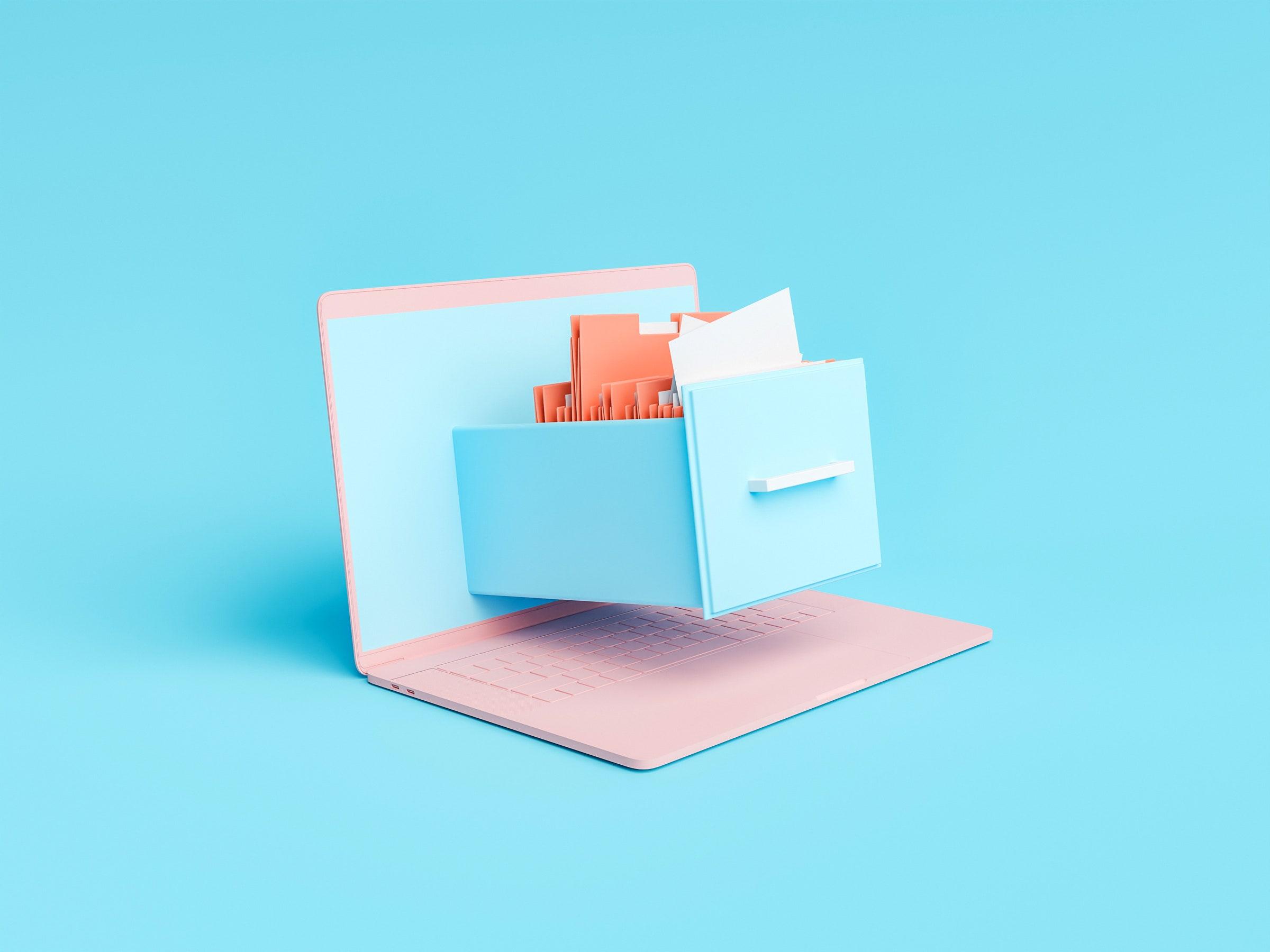How to Back Up Your Slack Archive Before Slack Deletes It
Slack has become an essential communication tool for millions of individuals and businesses, providing a seamless platform for team collaboration and organizational communication. With countless messages, files, and important discussions taking place on Slack, it’s crucial to ensure that your valuable data is backed up and protected. While Slack provides some level of data retention, it is always a good practice to have an additional backup strategy in place. In this article, we will guide you through the process of backing up your Slack archive before Slack deletes it.
Understand Slack’s Data Retention Policies
Before diving into the backup process, it’s important to understand Slack’s data retention policies. Slack offers three pricing tiers – Free, Standard, and Plus – each with different data retention settings. The Free plan allows for 10,000 most recent messages retention, while the Standard and Plus plans offer unlimited message retention. However, even with unlimited retention, older messages may still be deleted over time, depending on the available storage in your workspace.
Slack also offers integrations with external cloud storage providers such as Google Drive, Dropbox, and Box, allowing you to automatically save files and attachments to these platforms. However, this feature does not cover messages themselves, making it necessary to employ additional backup methods.
Choose a Backup Method
To ensure a robust backup strategy, it is recommended to combine multiple backup methods to have redundancy and safeguard your Slack data effectively. Here are three methods you can employ to back up your Slack archive:
1. Export Slack History: Slack provides a built-in export feature that allows you to save your channel history. This method is ideal for preserving the text-based conversation but does not include files or attachments. To export your Slack history, go to your workspace’s settings, select “Settings & administration,” and then click on “Import/Export Data.” From there, choose the channels you want to export and select the desired date range for the export. Slack will provide a download link that you can use to retrieve the exported data in HTML or JSON format.
2. Use third-party backup tools: Several third-party backup tools provide more comprehensive backup options for your Slack data. These tools allow you to back up both text-based messages and files/attachments. Some popular options include Zapier, Backupery, and Rewind. These tools typically offer more extensive scheduling options, automated backups, and the ability to restore deleted messages or files.
3. Develop a manual backup routine: If you prefer a hands-on approach, you can create a manual backup routine by periodically copying and saving essential messages and files from Slack. You can do this by selecting and copying the desired text from Slack conversations or by downloading files and attachments. While this method requires more effort, it gives you greater control over your backup process.
Choosing the right backup method depends on your specific needs, budget constraints, and the importance of retaining different types of data within your Slack workspace.
Maintain a Regular Backup Schedule
Creating a backup is not a one-time task but rather an ongoing process. To ensure the continued protection of your Slack archive, it is crucial to establish a regular backup schedule. Depending on the frequency of messages and the criticality of your conversations, you might choose to back up your Slack data daily, weekly, or monthly. This way, if any accidental deletions, data loss, or workspace issues occur, you can always restore previous versions and retrieve valuable information.
Test Your Backups
Backing up your Slack archive is only half the battle. To guarantee that your backups are functioning correctly, you should periodically test and validate them. This involves selecting a few test messages or files and attempting to restore them from your backup source. By doing so, you can identify any potential issues and ensure that your backup process is reliable.
Conclusion
In a fast-paced business environment where information is constantly exchanged, Slack has become an invaluable tool powering communication and collaboration. Safeguarding your Slack archive ensures that critical discussions, valuable files, and historical context remain intact, even if Slack’s retention policies and storage limitations might impact data availability. By understanding Slack’s data retention policies, choosing suitable backup methods, maintaining a regular backup schedule, and testing your backups, you can guarantee the preservation of your Slack archive and protect your organization from potential data loss.

